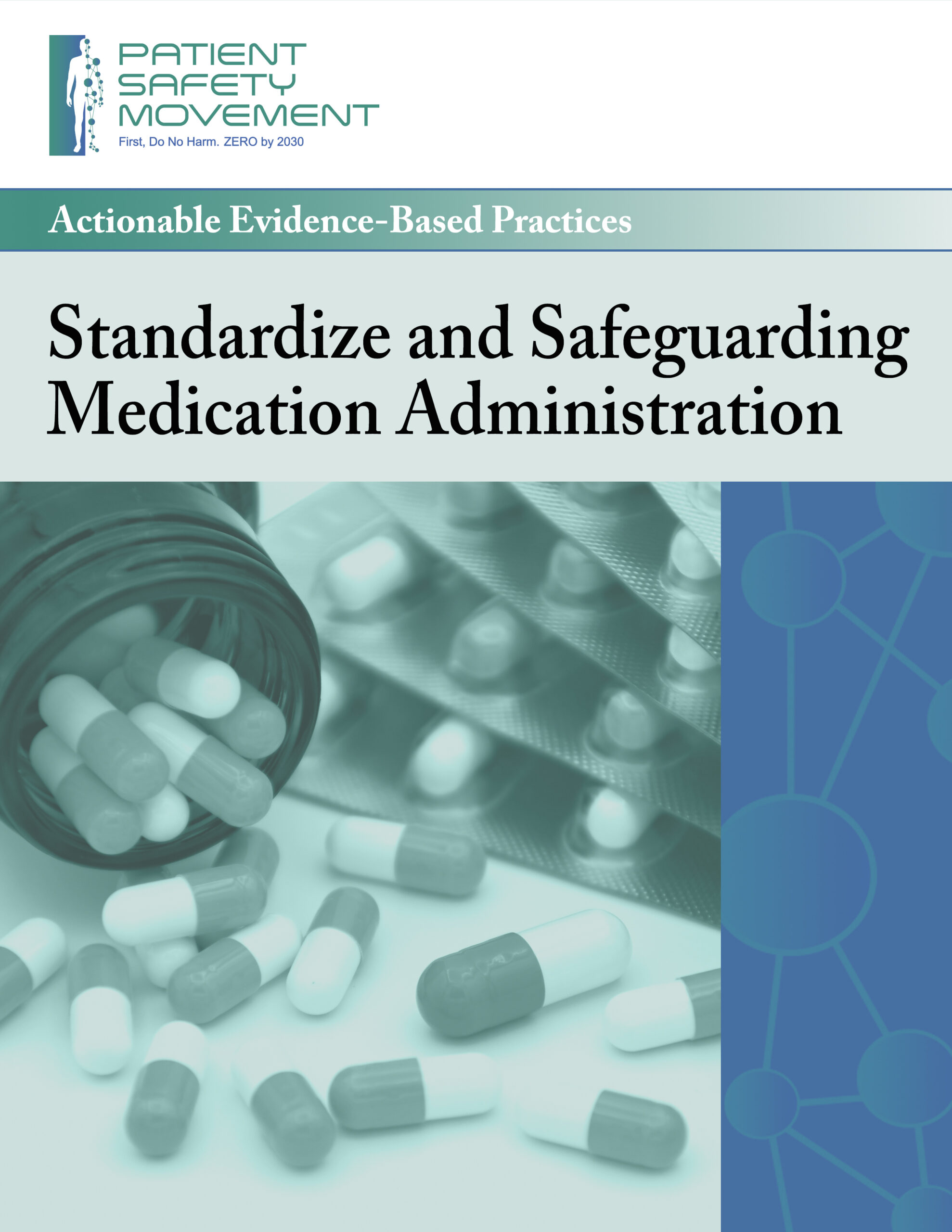Actionable Evidence-Based Practices
Actionable Evidence-Based Practices Must Be Embraced
Actionable Evidence-Based Practice blueprints are streamlined step-by-step guidelines with a proven track record of improving patient safety and eliminating preventable medical errors when implemented.
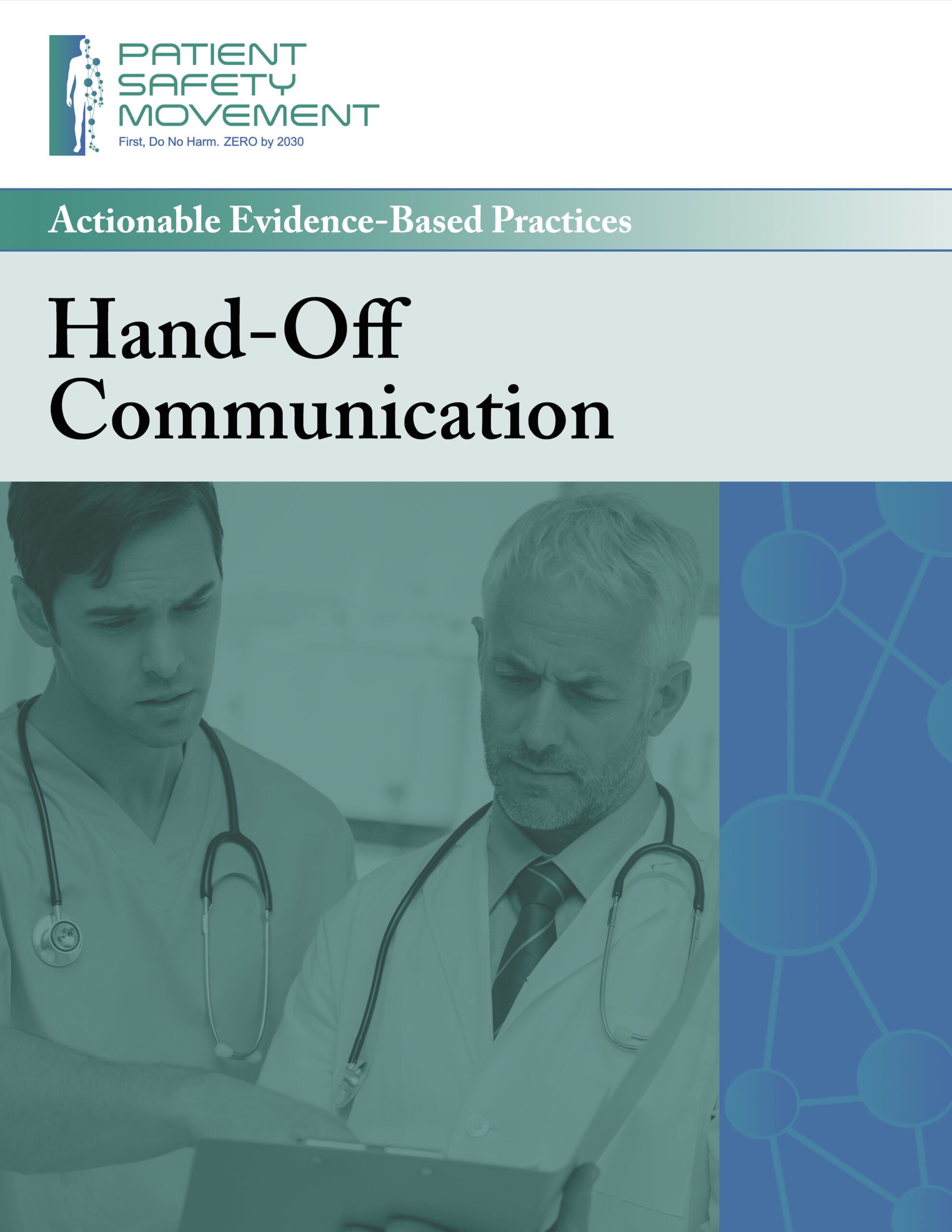
Hand-Off Communications
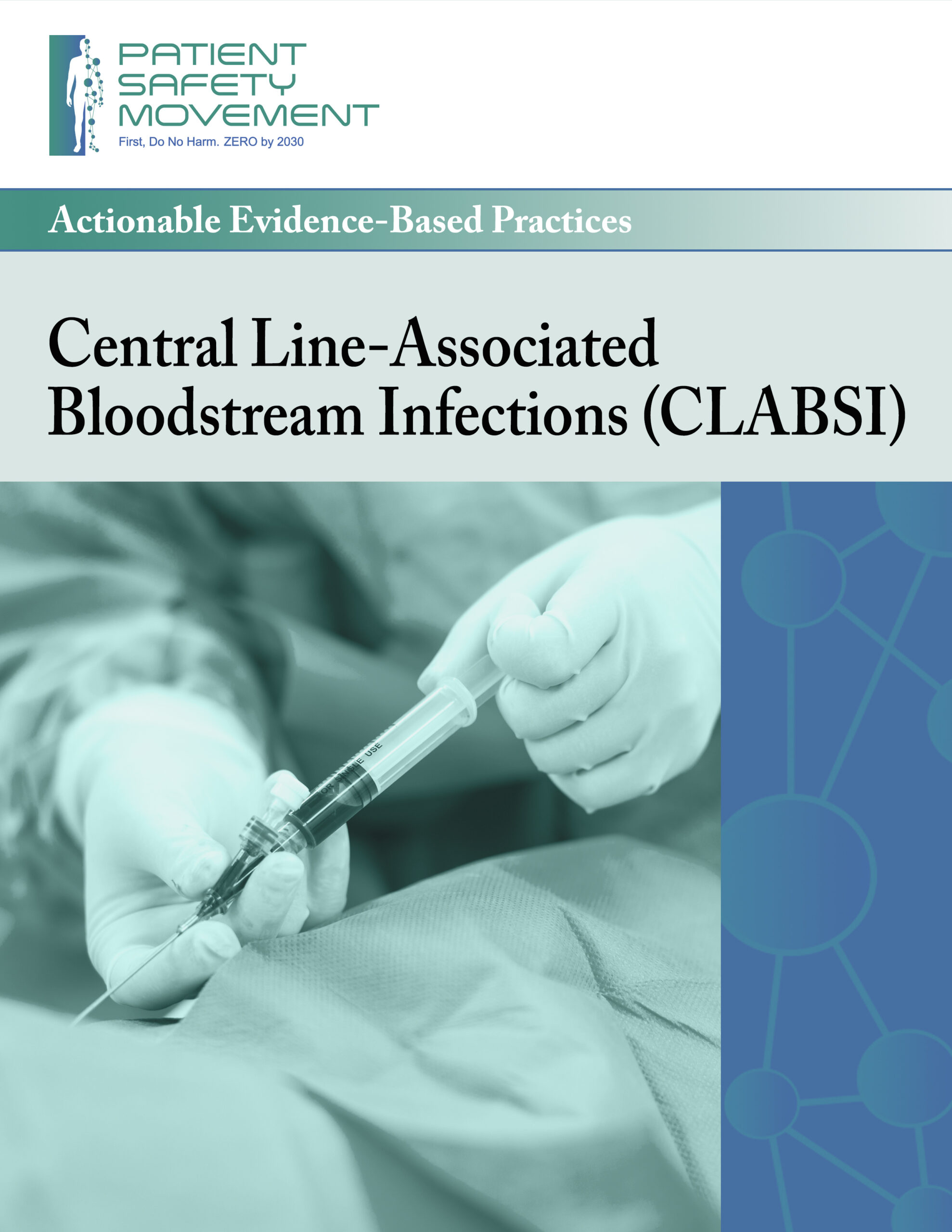
Central Line-Associated Bloodstream Infections (CLABSI)
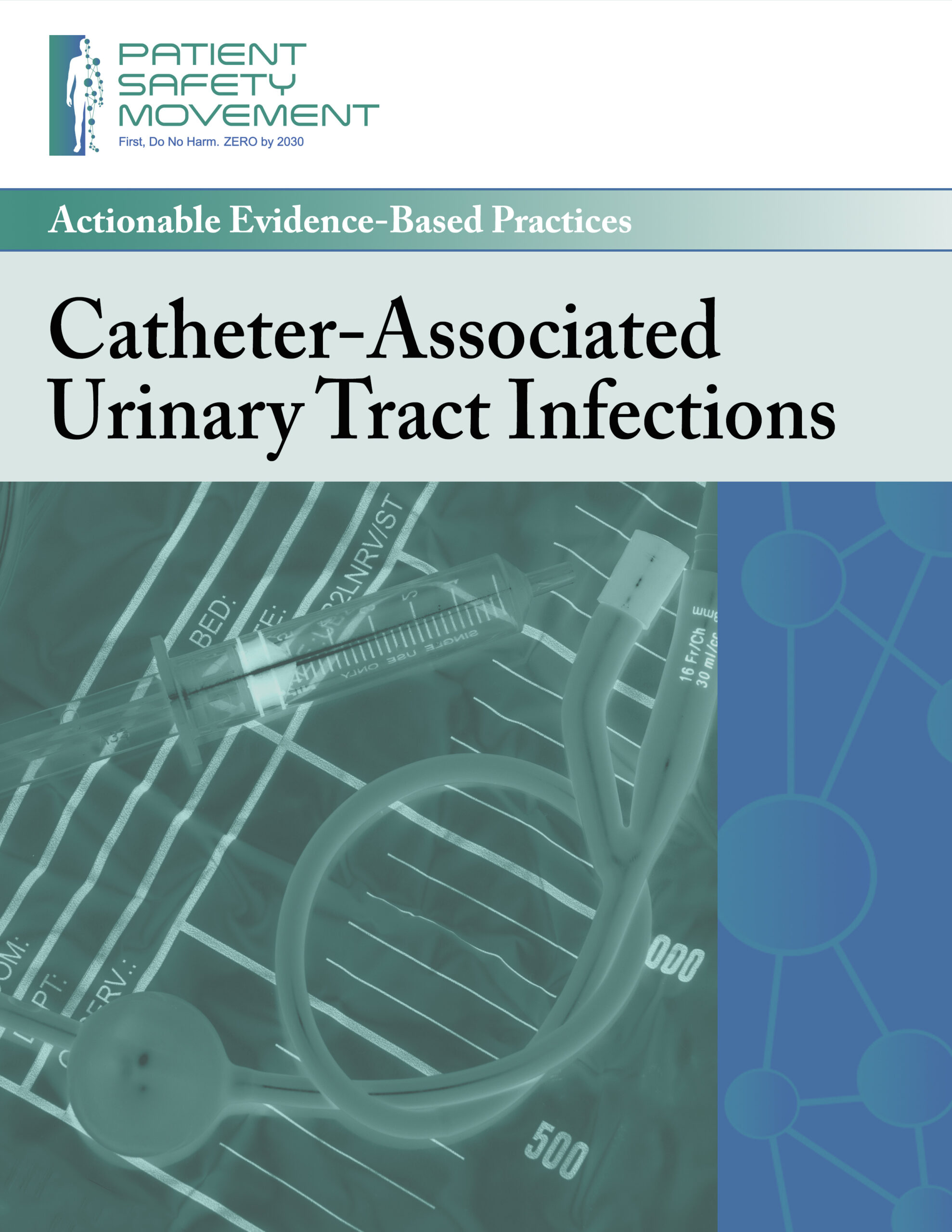
Catheter-Associated Urinary Tract Infections
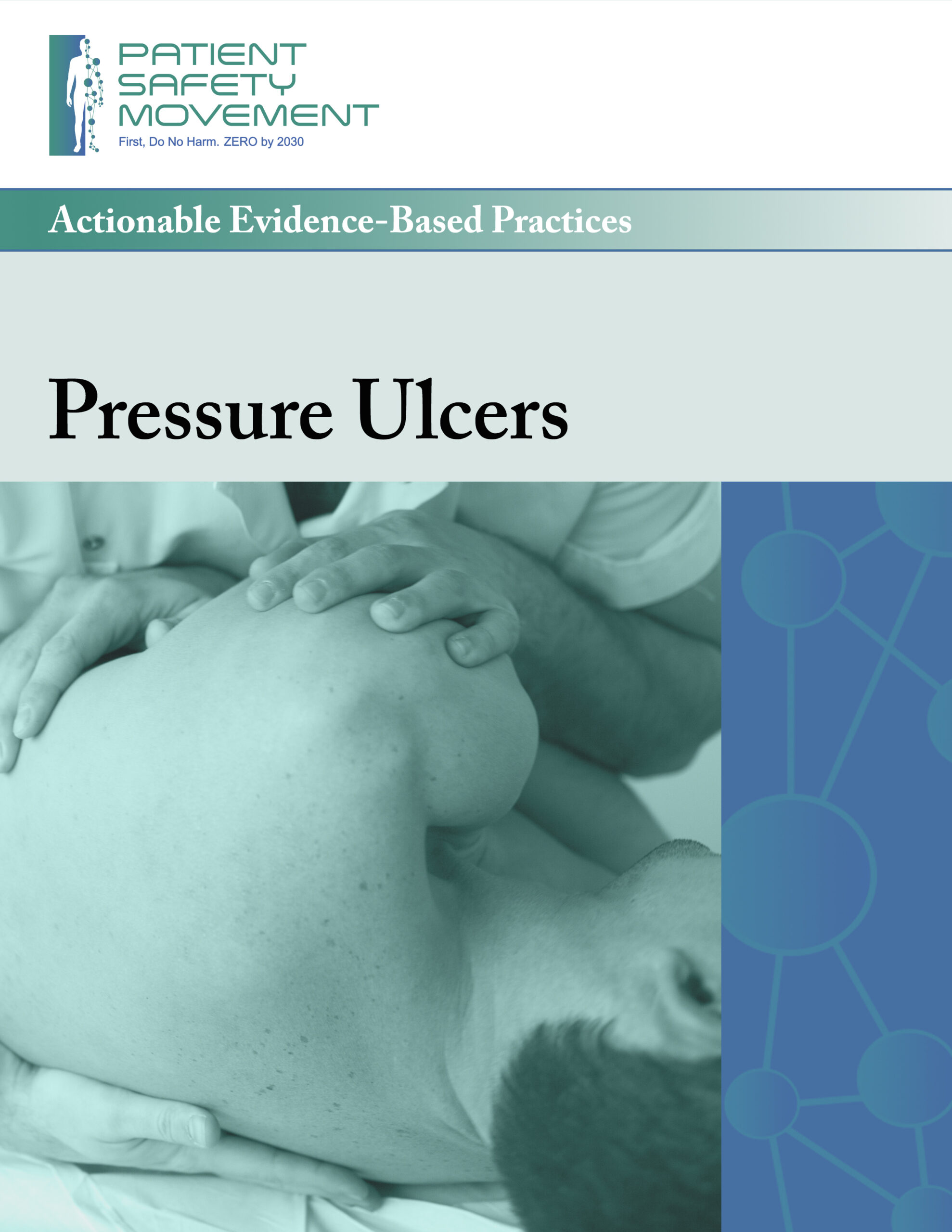
Pressure Ulcers
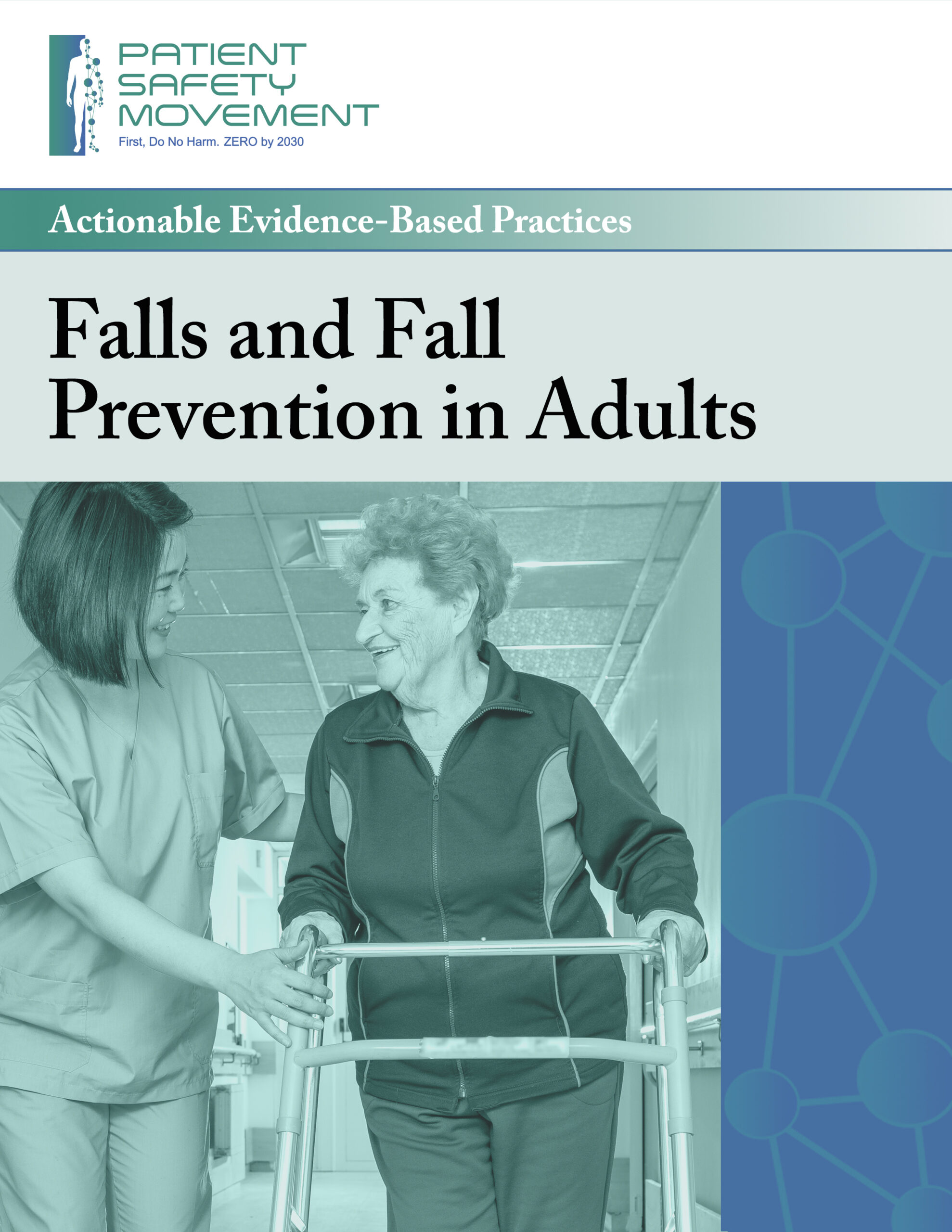
Falls and Fall Prevention in Adults
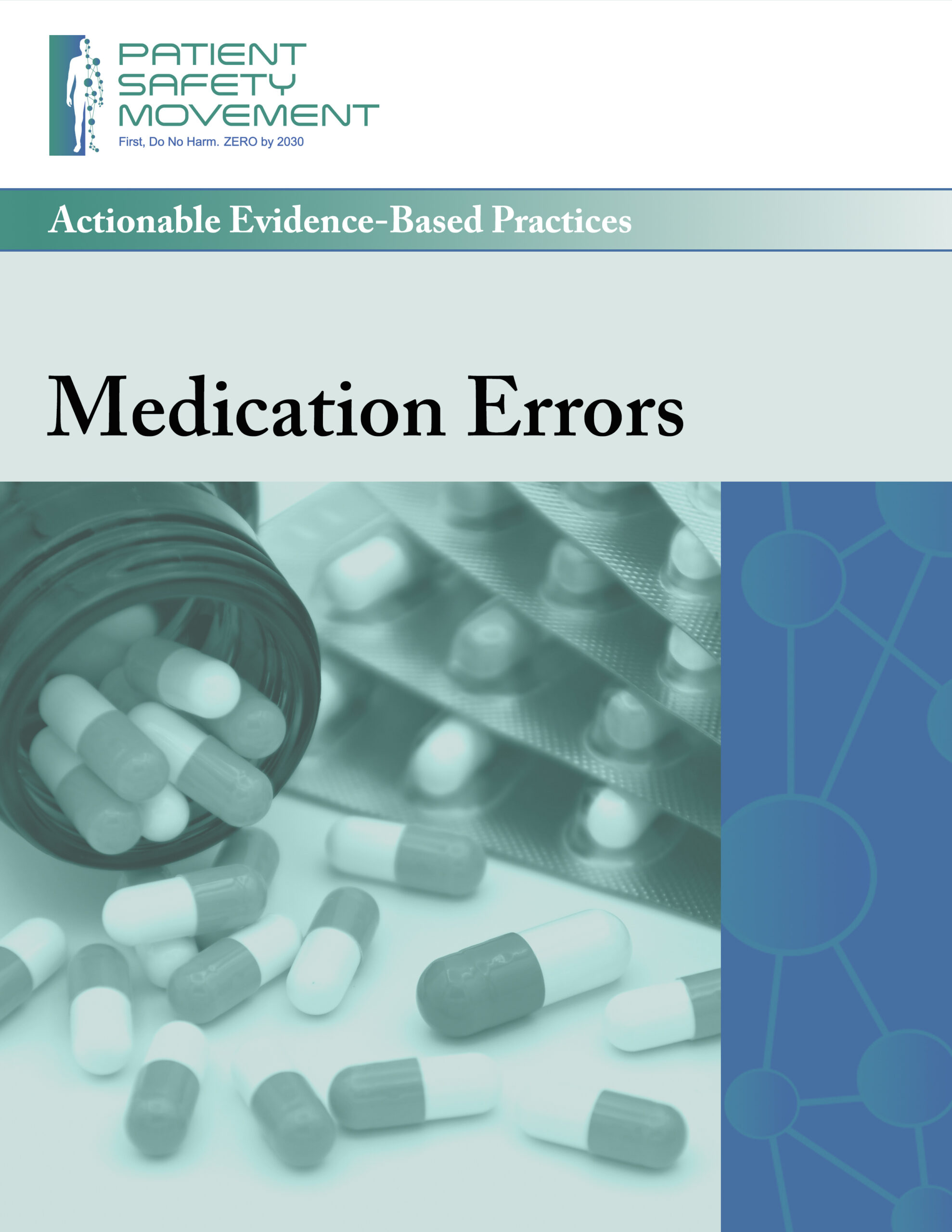
Medication Errors
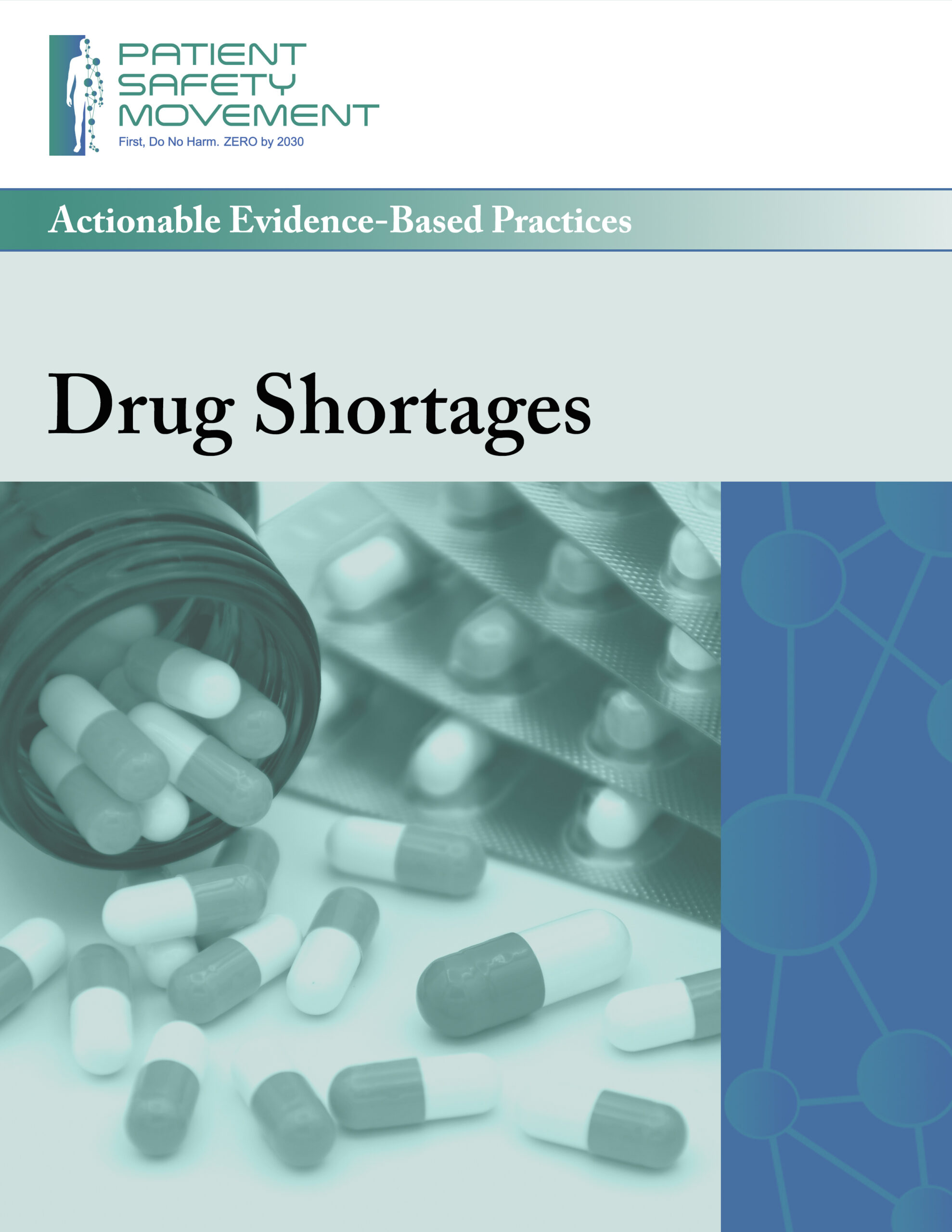
Drug Shortages
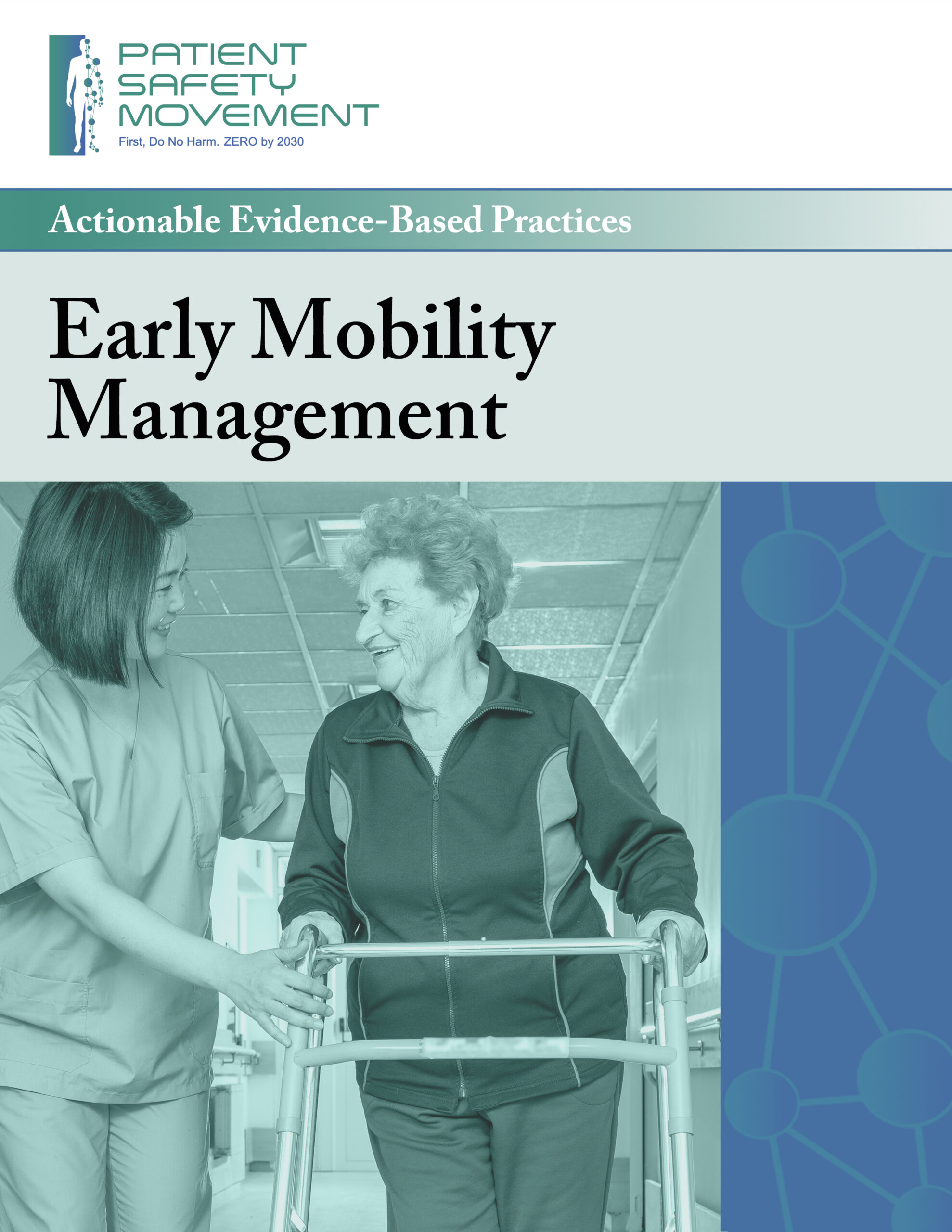
Early Mobility Management
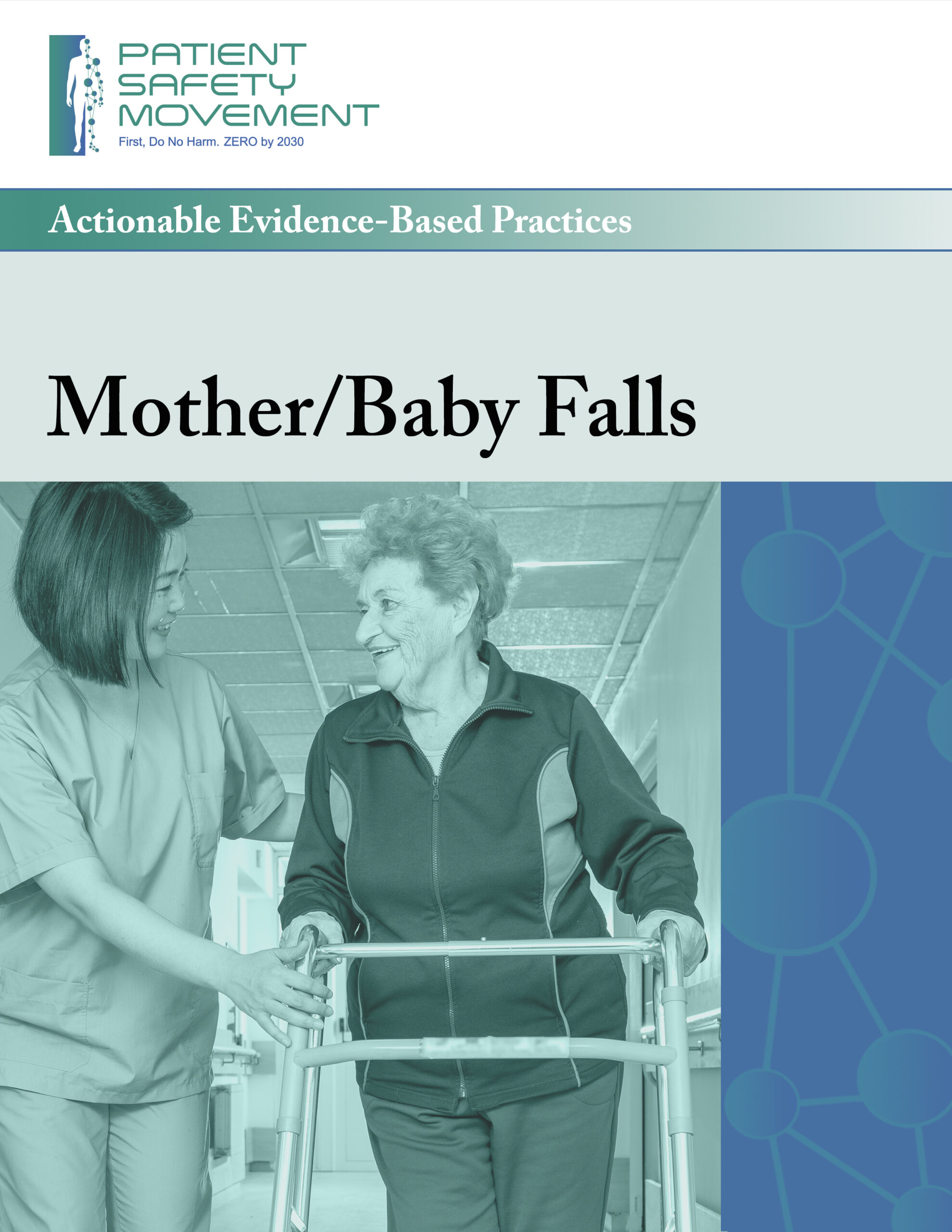
Mother/Baby Falls
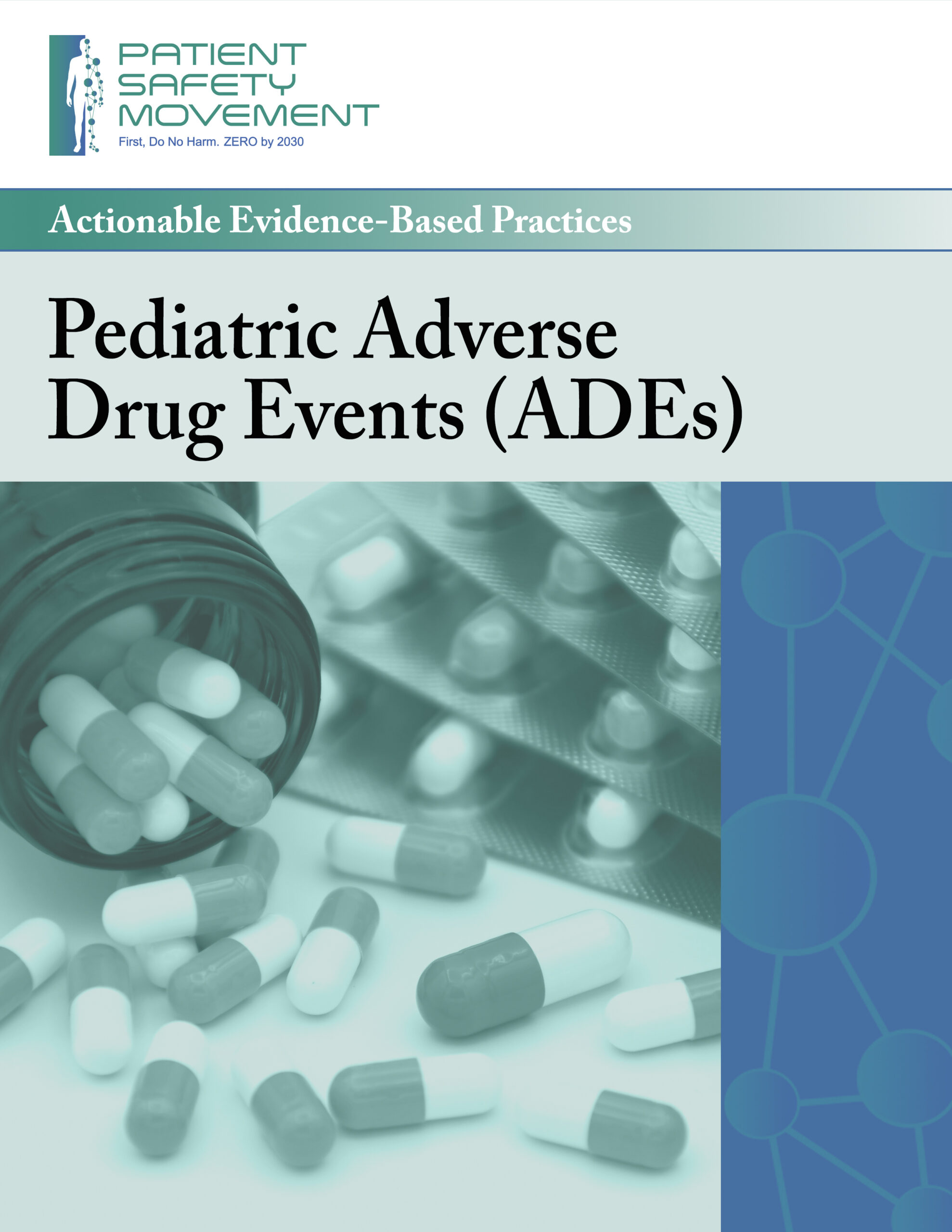
Pediatric Adverse Drug Events
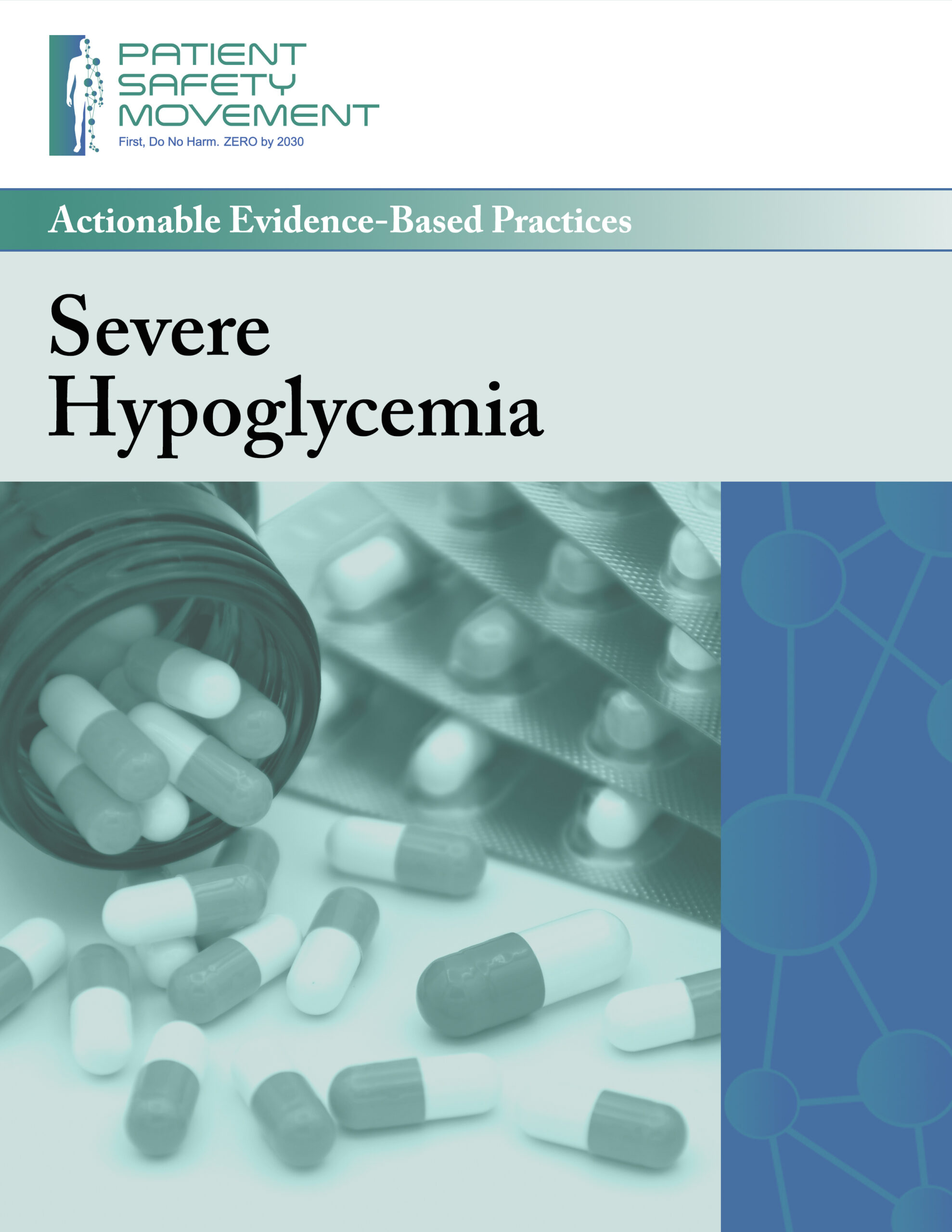
Severe Hypoglycemia
